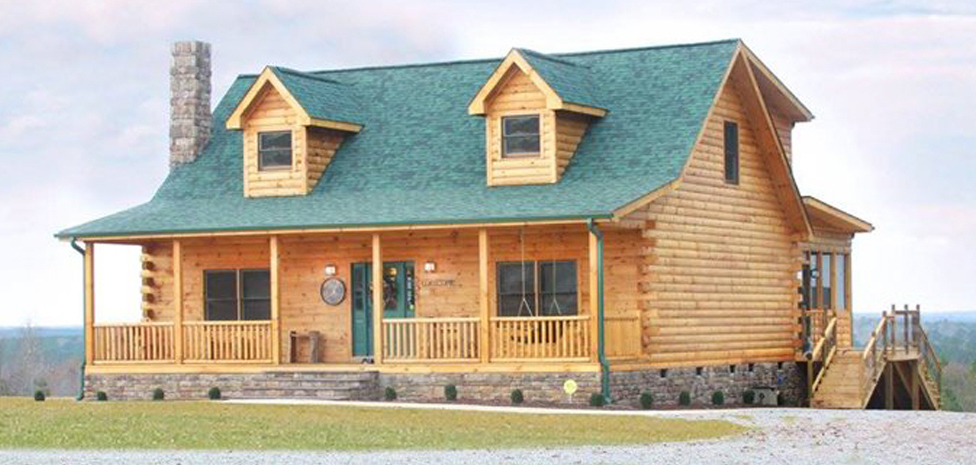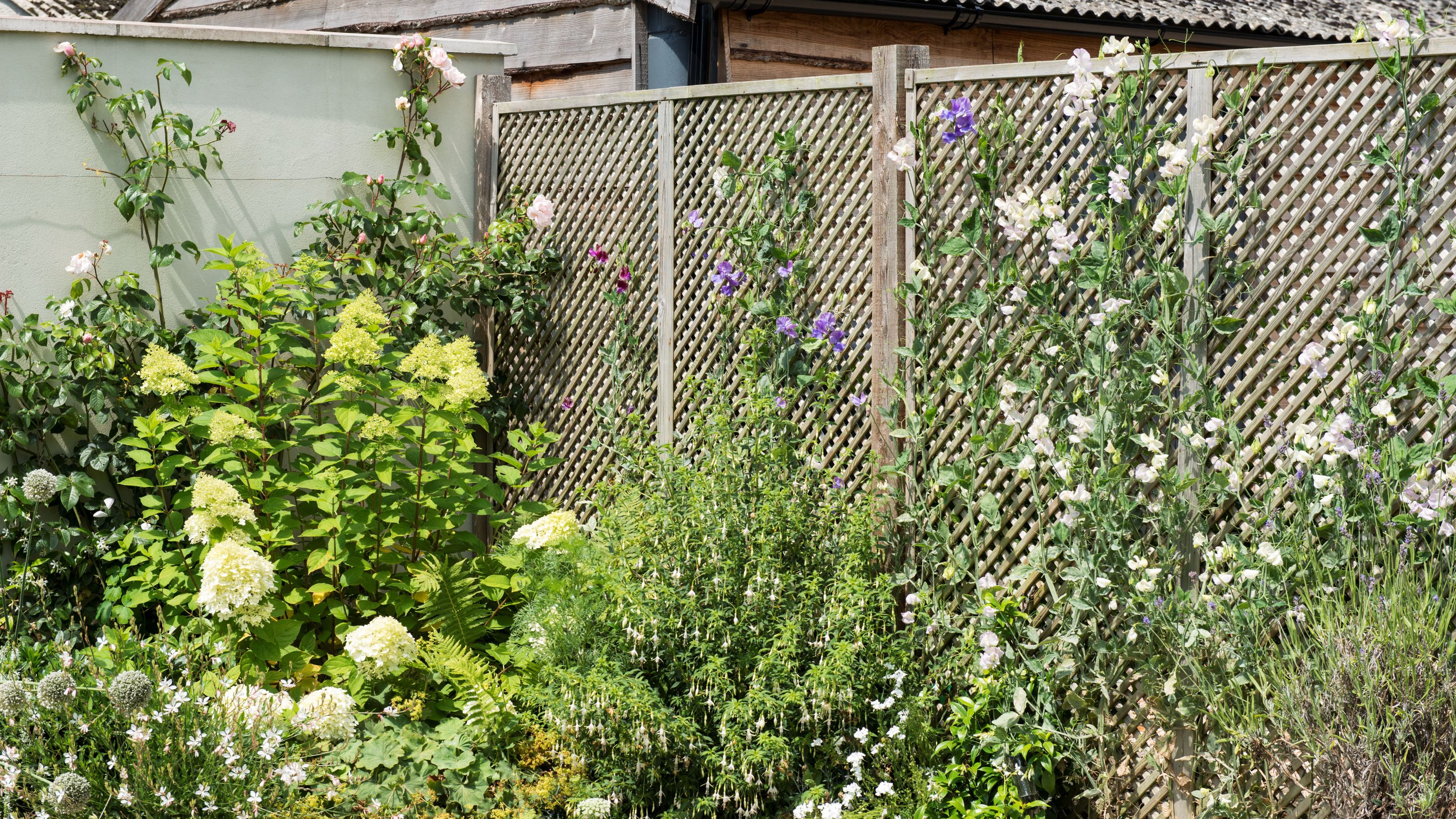
The rustic beauty and ageless appeal of log cabins have helped them to become rather fashionable again. To guarantee both comfort and sustainability, building energy efficient log cabins must thus be done with great thought for several elements. This paper explores the main factors to give top priority before starting such a project.
- Log Preparation and Selection
Choose slow-growing dense wood species including cedar, pine, or spruce. These woods are incredibly durable and insulating. Locally produced timber supports sustainable forestry methods and reduces transportation emissions. Low moisture level of the logs will help to prevent shrinkage, cracking, and decay. To get this, one must use the correct drying methods.
To improve the lifetime and resistance to pests and decay of the logs, take into consideration treatments like preservatives and fire-retardant chemicals.
- Insulation and Air Sealing
Although logs offer inherent insulation, extra steps can greatly increase energy economy. One could think of blowing insulation into the wall voids between the logs. Applying foam insulation to the logs’ inner or external surfaces will help.
First of great importance is meticulous attention to air seals. Seal all cracks and gaps at windows, doors, and where the logs converge to stop drafts and energy loss.
- Windows and Doors
Superior Windows for Performance Invest in low-emissivity coatings, argon gas fills, and energy-efficient windows with several panes. These characteristics lower energy use and slow down heat flow.
To stop air intrusion, make sure windows and doors have correct caulking and weather stripping.
- Roofing and Ventilation
Enough roof insulation is absolutely vital to stop heat gain in the summer and winter loss. Think about including high-R-value insulating materials. Maintaining good indoor air quality and avoiding moisture development depends on appropriate ventilation. Install a system of balanced ventilation to guarantee fresh air exchange.
- Heating and Cooling Systems
Think about environmentally friendly heating choices including:
- Geothermal heat pumps: Heat and chill the cabin using the ground’s consistent temperatures.
- Wood-burning stoves: Particularly in colder climates, provide a comfortable and effective heating source.
- Pellet Stoves: Offer a more automated and effective substitute for conventional wood-burning stoves.
- Passive Cooling Techniques: Use passive cooling techniques including.
Shade the cabin from direct sunlight using trees, awnings, and overhangs.
Design the cabin to permit natural cross-ventilation, therefore encouraging airflow and cooling.
- Foundation and Flooring
A well-insulated foundation is absolutely essential to stop ground heat loss. Think through choices including foam insulation or insulated concrete forms (ICFs). In colder areas especially, insulate the floor to reduce heat loss.
- Appliance and Lighting
Replace conventional incandescent bulbs with energy-efficient LED or CFL bulbs. Select Energy-Star-certified appliances meant to be more energy-efficient.
- Resources for Renewable Energy
To cut reliance on the grid and provide electricity, think about putting solar panels on-site. A good choice for producing electricity in places with enough wind resources is a wind turbine.
- Environmentally Friendly Construction Methods
Whenever you can, use recycled goods including recycled insulation or reused wood. Install low-flow fixtures and give rainwater collecting systems some thought if you want to help save water. By thoughtful design and material choice, lower building waste.
Conclusion
Speak with professionals like architects focused on sustainable design, energy efficiency specialists, and seasoned log home builders. Carefully weighing these elements will help you create a comfortable and ecologically friendly energy-efficient log cabin. Recall that every choice you make—from the appliances to the materials—may affect the general energy efficiency of your log cabin.




